Hail to the bubbly! No, literally -- hail has been falling all over grapes made to make champagne and it’s cutting into the French output of the effervescent beverage.
The champagne harvest is down 40 percent this year, leading to the worst yield in at least four decades, thanks to hail storms and fungus caused by wet weather, according to the French Agriculture Ministry, Businessweek reports. All over Europe, in fact, crops of grapes used to make wine have had a bad season this year, causing the total French grape harvest to decline by 20 percent, including in the well-known wine-producing regions of Burgundy and Bordeaux. Yields are also down in Italy and England.
But despite the poor crops, champagne drinkers shouldn’t worry that the low output will cut into their 2013 New Year’s celebrations too much. Champagne takes at least 15 months to make and is often made from a mixture of grapes from harvests spanning several years so the long term effect isn’t expected to be too drastic. In fact, producers have an at least three-year supply of champagne in reserve, Businessweek reports.
Indeed, even with the shortages expected from this year, wine producers seem equipped to handle the decline since there’s a surplus left over from waning demand in the U.S. and South America markets due to the recession, The Edmonton Journal reports.
But demand for champagne appears to finally to be bouncing back after a three year lull, according to Harpers Wines. Last year, the U.S. champagne market grew 14.4 percent, Businessweek reports.

